The Evolution of Design
Crystal figurines, shimmering with internal light and often imbued with delicate artistry, have captivated collectors and aesthetes for centuries. More than mere decorative objects, they are miniature sculptures that reflect the prevailing tastes, technological advancements, and cultural narratives of their time. From the opulent grandiosity of early cut glass to the minimalist elegance of contemporary designs, the evolution of crystal figurines is a fascinating journey through the annals of design history. This extensive exploration will delve into how the styles and trends of these sparkling treasures have transformed over the decades, mirroring shifts in art, technology, and societal values.
The Dawn of Dazzle: Early Crystal and the Rise of Cut Glass (Pre-20th Century to 1920s)
Before the 20th century, crystal was largely synonymous with lead glass, valued for its brilliance and weight. Early pieces were often functional – chandeliers, decanters, and intricate tableware – but the artistry of cutting and engraving laid the groundwork for standalone decorative figures.
The Bohemian and Irish Influence: Countries like Bohemia (modern-day Czech Republic) and Ireland (Waterford Crystal) were pioneers in crystal craftsmanship. Their early figurines, if distinct from tableware, were typically heavily cut, faceted, and geometrically complex. The emphasis was on maximizing light refraction through precise angles, creating a dazzling play of light. Animals, often simplified and stylized, were common subjects, along with small, ornamental objects like paperweights. The cuts were deep, bold, and often followed traditional patterns like starbursts, diamonds, and crisscross motifs.
Art Nouveau’s Organic Embrace (Late 19th Century – 1910s): As the 20th century dawned, the flowing, naturalistic forms of the Art Nouveau movement began to influence crystal design. While much of this era’s crystal remained cut glass, there was a growing interest in organic shapes, botanical elements, and graceful, attenuated figures. Manufacturers experimented with acid-etching and engraving to create more subtle textures and depictions of flora, fauna, and sometimes elegant female forms. The focus shifted slightly from pure brilliance to an interplay of light and shadow on softer, curved surfaces.
The Roaring Twenties and Art Deco’s Geometric Glamour (1920s): The post-World War I era ushered in the exuberance of the Jazz Age and the sleek, streamlined aesthetic of Art Deco. Crystal figurines of this period became bolder, more stylized, and embraced geometric precision and symmetry. Animals, dancers, and abstract forms were rendered with clean lines and sharp angles. The use of frosted or satin-finished crystal alongside polished surfaces created a striking contrast, emphasizing form over intricate cutting. Figurines often featured strong, almost architectural bases and simplified, elegant silhouettes. Color, while still rare for solid crystal, might appear in complementary accents or bases. Manufacturers like Baccarat and René Lalique were instrumental in shaping this era’s distinctive look, with Lalique particularly renowned for his innovative use of molded, frosted glass to create exquisite, almost ethereal figures.
Mid-Century Modern and the Rise of Transparency (1930s – 1960s)
The mid-20th century saw significant societal changes, including the aftermath of the Great Depression and World War II, leading to a desire for practicality balanced with elegant design.
Streamlined Simplicity (1930s-1940s): The austerity of the Depression era and the practicalities of wartime influenced a move towards simpler, less ostentatious designs. While still elegant, figurines became less ornate. Manufacturers often favored smooth, polished surfaces that showcased the inherent clarity and purity of the crystal itself, rather than relying solely on complex cutting. Animal figures remained popular, but they were often rendered with more naturalistic, yet still simplified, forms.
Post-War Optimism and Scandinavian Influence (1950s-1960s): The post-war boom and growing global awareness brought new influences, particularly from Scandinavian design, which championed functionalism, clean lines, and organic shapes inspired by nature. Crystal figurines of this era often featured:
- Minimalist forms: Stripping away excess ornamentation to highlight the intrinsic beauty of the material.
- Abstract interpretations: Less literal depictions of subjects, leaning towards evocative shapes and fluid curves.
- Thicker, bolder glass: Emphasizing the weight and substantiality of the crystal.
- Subtle internal bubbles or controlled imperfections: Sometimes intentionally incorporated as design elements to catch light.
This period saw a greater focus on the sculptural quality of the glass itself, with designs that encouraged light to play through the mass of the material rather than just off its surface facets. Designs often felt more robust and less delicate than earlier pieces.
The Era of Collectibility and Precision: The Swarovski Phenomenon (1970s – 1990s)
The late 20th century witnessed a dramatic shift in the crystal figurine market, largely spearheaded by one brand: Swarovski. While other companies continued their traditional lines, Swarovski democratized crystal collecting and introduced new trends.
The Swarovski Effect (1970s-1980s): Daniel Swarovski’s company, founded in 1895, initially focused on precision-cut glass crystals for jewelry and fashion. In the mid-1970s, they ventured into decorative figurines with revolutionary results. Their early pieces, notably the “Mouse” (1976), showcased a new approach:
- Assemblage of multiple precisely cut facets: Instead of a single, molded or extensively cut piece, Swarovski figures were often composed of many small, highly polished, geometrically perfect facets joined together. This maximized sparkle.
- Focus on animal kingdom: Animals, particularly small, charming creatures, became incredibly popular subjects.
- The birth of the “collector’s item”: Swarovski intentionally created annual limited editions and exclusive club pieces, fostering a global community of collectors dedicated to acquiring every new release. This transformed crystal figurines from mere decor into genuine collectibles with a perceived investment value.
- Introduction of color accents: While most pieces remained clear, subtle colored crystal elements (eyes, noses, bases) began to appear, adding character.
This era saw an explosion of highly recognizable, sparkling animal figures, often with black “button” eyes and simple, endearing poses.
Refinement and Diversification (1990s): Building on the success of the previous decades, the 1990s saw Swarovski and other manufacturers like Baccarat (with their popular animal series) refine their techniques.
- More complex forms: Figures became less rigidly geometric and more organic, incorporating smoother curves alongside the signature facets.
- Increased realism: While still stylized, there was a push towards more accurate anatomical representation in animal figures.
- Introduction of full-color crystal: Larger pieces began to appear in vibrant hues (e.g., blue dolphins, amber lions), moving beyond clear crystal with mere accents. This added a new dimension to their appeal.
- Licensing and pop culture: Acknowledging the growing influence of pop culture, some manufacturers began exploring licensed characters, though this trend would truly flourish in the 21st century.
The Contemporary Landscape: Innovation, Artistry, and Pop Culture (2000s – Present)
The 21st century has been a period of immense innovation and diversification in crystal figurine design, driven by advanced manufacturing techniques, globalized markets, and evolving consumer tastes.
Pushing the Boundaries of Detail and Size (2000s): The early 2000s continued the trend of increased realism and complexity. Manufacturers experimented with:
- Intricate internal details: Some pieces incorporated delicate etched or laser-engraved details within the crystal itself, creating a multi-dimensional effect.
- Larger, more ambitious sculptures: Moving beyond small animals, companies produced larger, more dynamic figures, sometimes depicting complex scenes or human forms with incredible precision.
- Mixed media: The integration of other materials like metal, wood, or even LED lighting became more common, enhancing the overall presentation.
The Rise of Pop Culture & Licensing (2010s): This decade saw an undeniable surge in licensed crystal figurines. Brands like Disney, Warner Bros. (Looney Tunes, DC Comics), and even popular video game franchises began collaborating with crystal manufacturers.
- Iconic characters reimagined: Beloved characters like Mickey Mouse, Cinderella, Batman, or Pokémon were rendered in shimmering crystal, appealing to both traditional collectors and fans of specific intellectual properties.
- Stylized interpretations: These licensed figures often blend the recognizable attributes of the character with the unique aesthetic of crystal (e.g., a faceted Mickey Mouse).
- Expanding demographics: This trend significantly broadened the appeal of crystal figurines, attracting younger collectors and those primarily interested in fandom.
Artistic Expression and Modern Minimalism (Late 2010s – Present): Alongside the pop culture boom, there’s been a concurrent movement towards more sophisticated, artistic, and sometimes abstract designs.
- Sculptural fluidity: Designs that emphasize graceful curves, flowing lines, and the interaction of light within the crystal’s mass, often with minimal faceting to achieve a smooth, almost liquid appearance.
- Abstract forms: Figurines that are less representational and more focused on aesthetic shape, negative space, and light reflection.
- Emphasis on color and gradient: Advances in crystal technology allow for stunning full-color pieces and subtle color gradients, creating depth and mood. Manufacturers are exploring a wider spectrum of hues, from vibrant jewel tones to delicate pastels and iridescent finishes.
- Sustainable practices: A growing consciousness about environmental impact has led some manufacturers to explore more eco-friendly production methods and materials.
- Collaborations with contemporary artists: Some brands partner with renowned artists to create limited-edition, high-art pieces, pushing the boundaries of what a crystal figurine can be.
This current era sees a fascinating duality: the accessibility and fun of licensed collectibles alongside the prestige and innovation of high-art crystal sculptures.
The Enduring Allure and Future Prospects
The journey of crystal figurine design is a testament to human ingenuity and our enduring fascination with light, beauty, and artistry. From the heavy cuts of early pieces designed to maximize sparkle, to the delicate realism of today’s creations, each era has left its indelible mark.
Looking ahead, we can anticipate several trends:
- Continued technological integration: Smart features, interactive elements, and advanced lighting systems may become more common.
- Hyper-customization: The ability for collectors to personalize elements of their figurines.
- Even greater focus on sustainable and ethical production.
- The blurring of lines between physical and digital: Perhaps NFTs paired with physical crystal pieces, or augmented reality experiences.
Ultimately, the appeal of crystal figurines lies in their ability to capture and refract light, transforming it into a dazzling spectacle. They represent moments, memories, and passions, shimmering testaments to the evolving art of glass and the timeless desire for beauty in our lives. The future of crystal figurines promises to be as bright and multifaceted as the material itself.

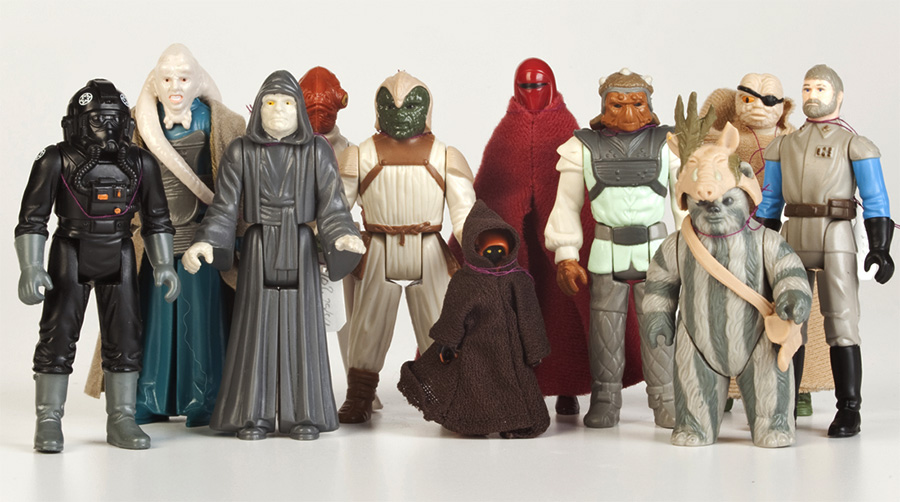
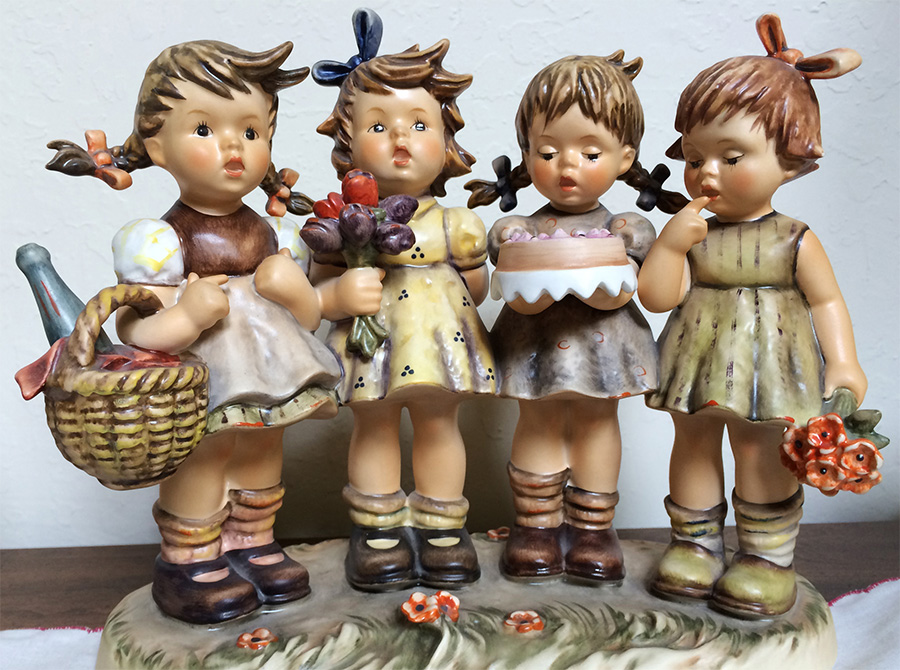
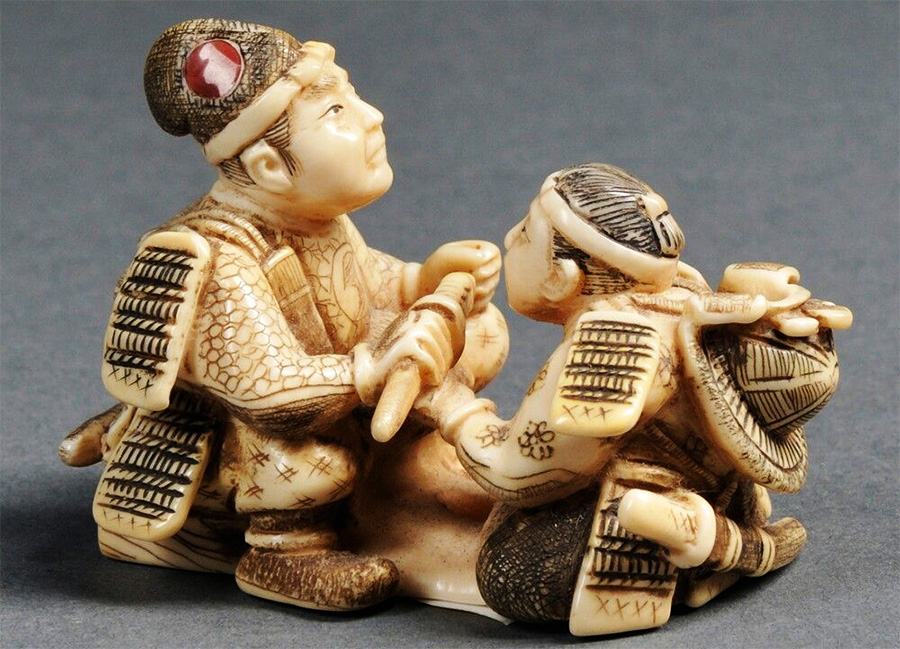
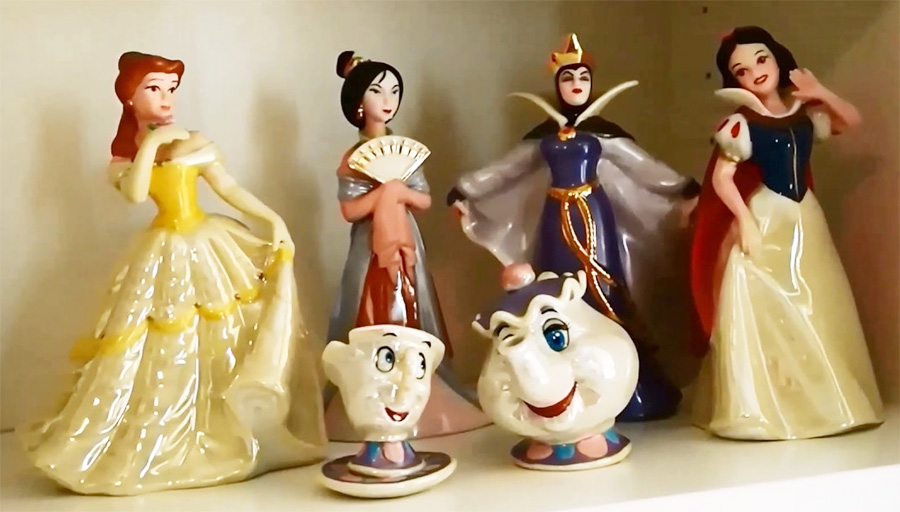
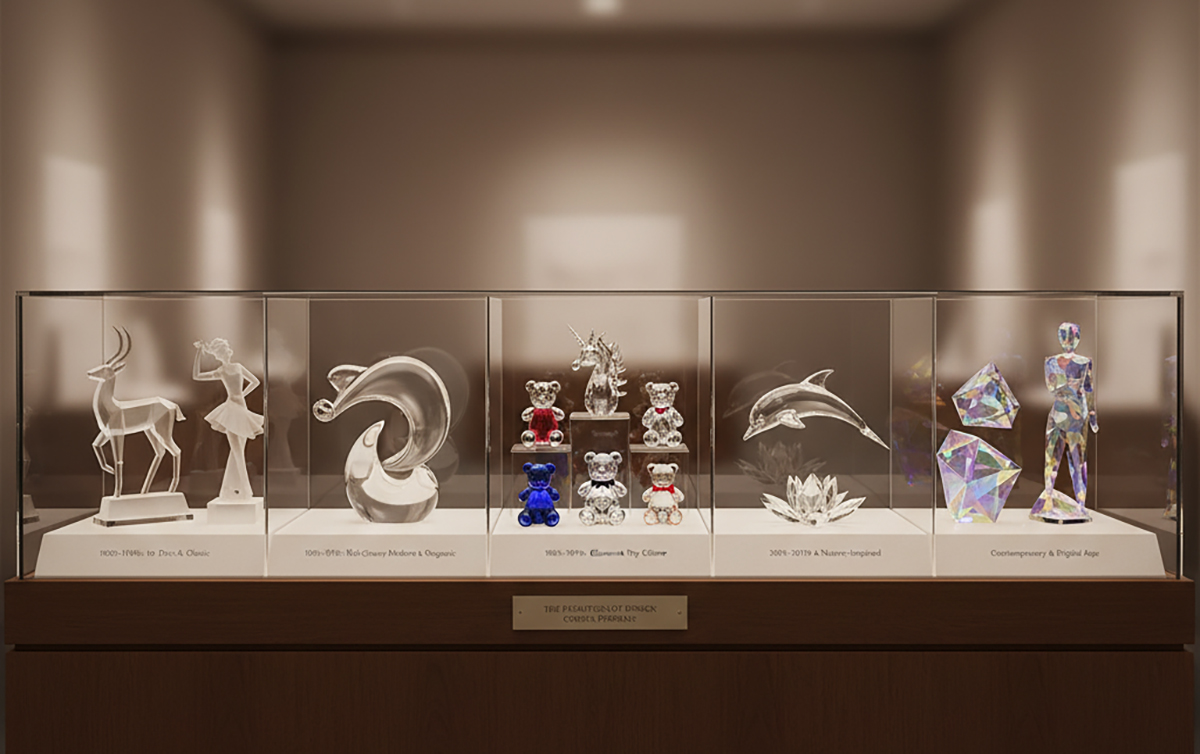
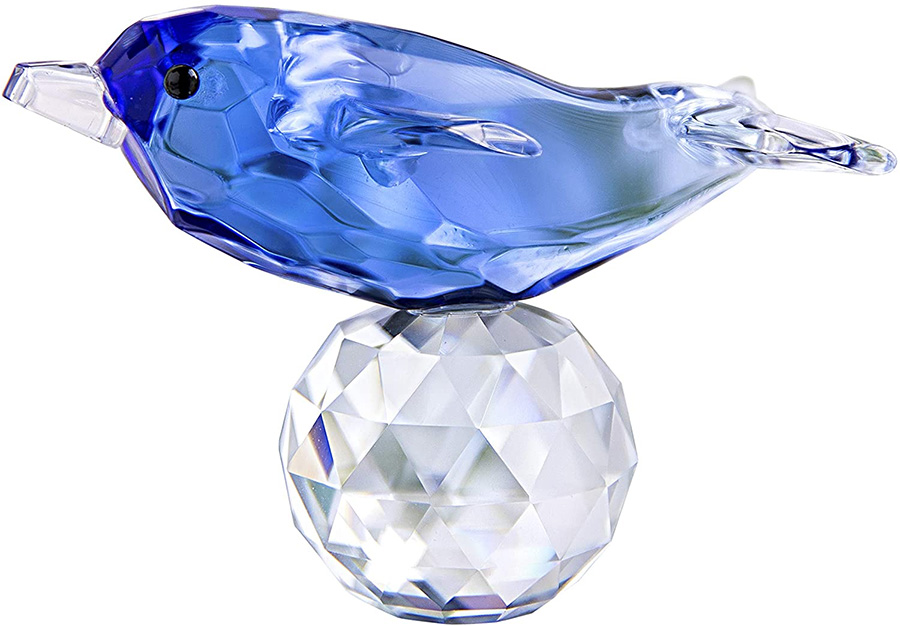
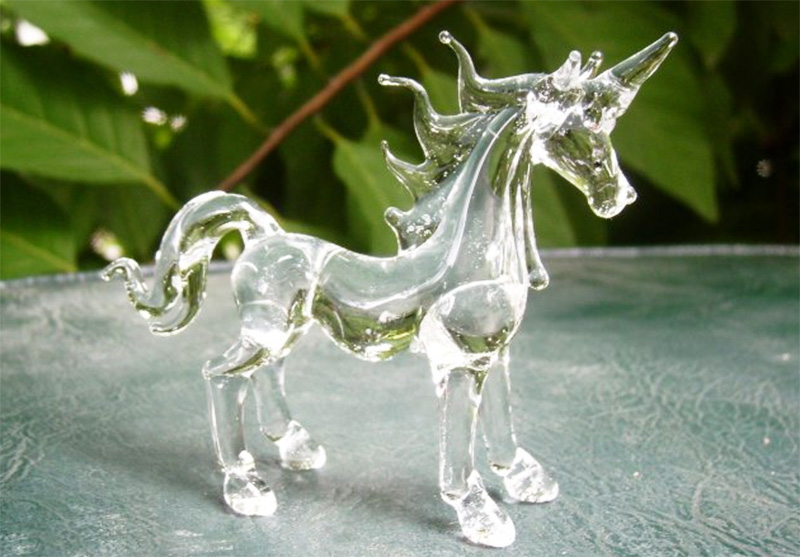
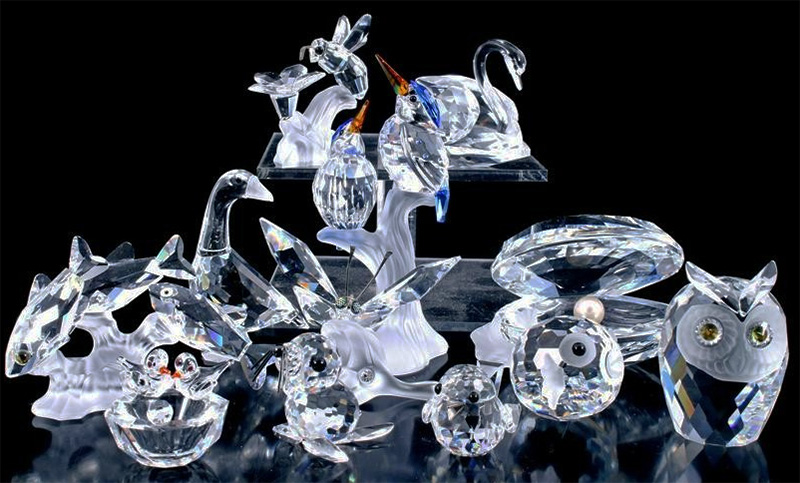
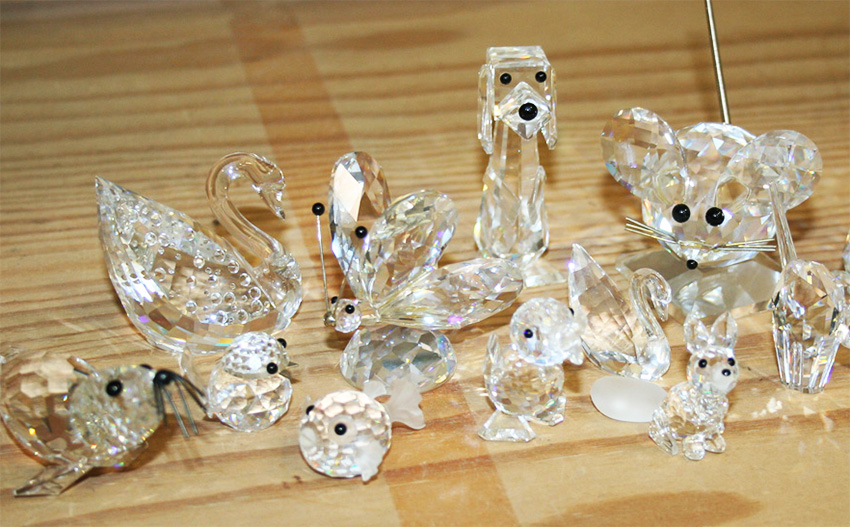
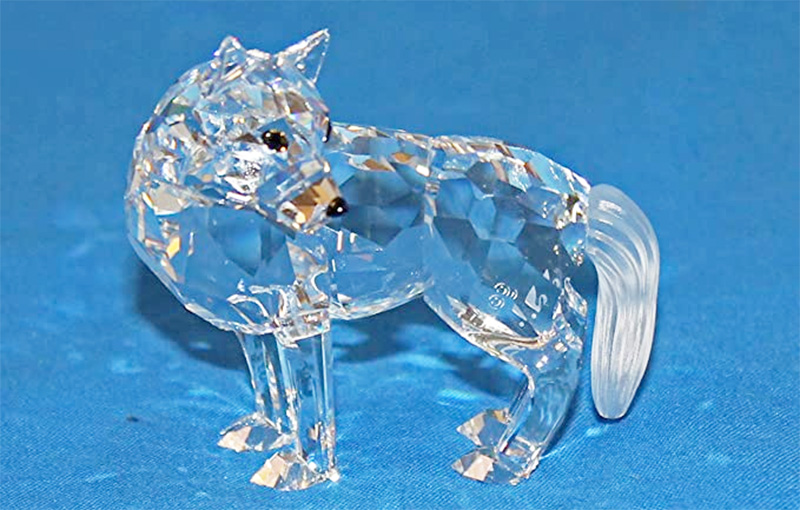
Leave a Reply